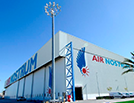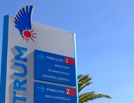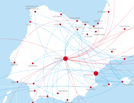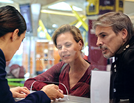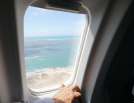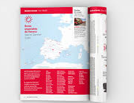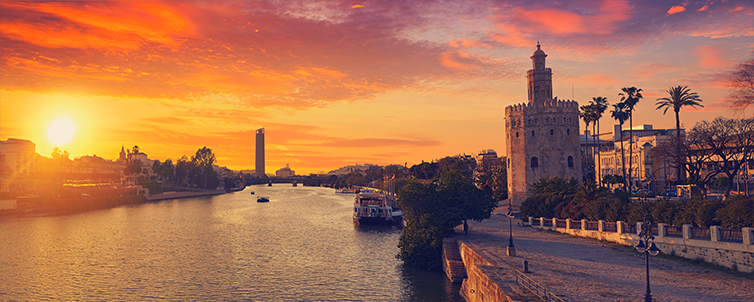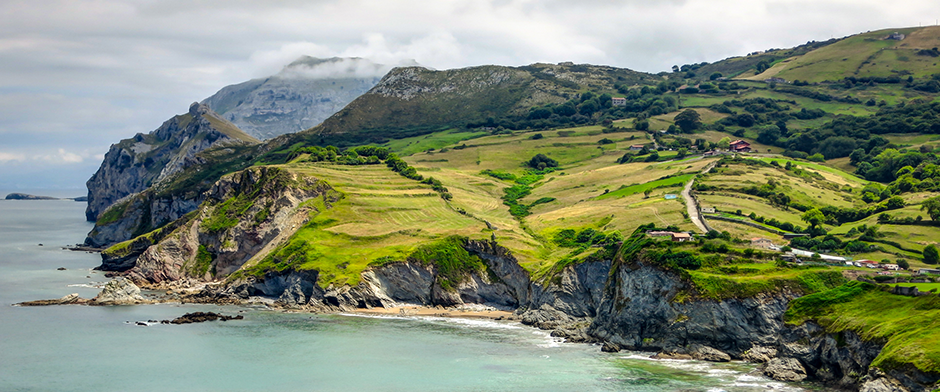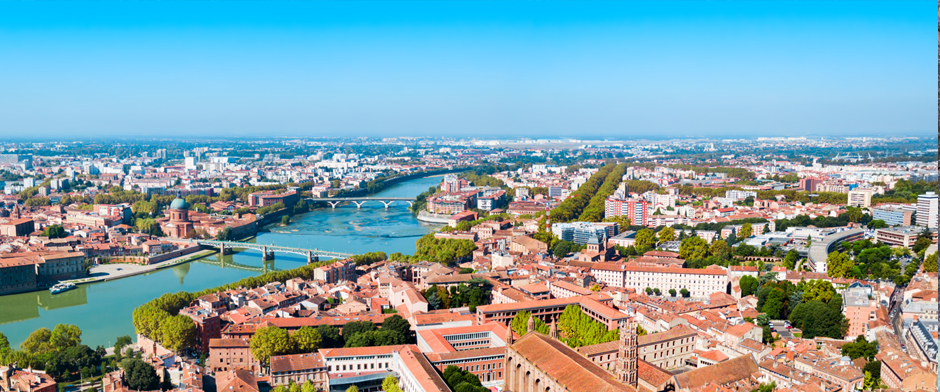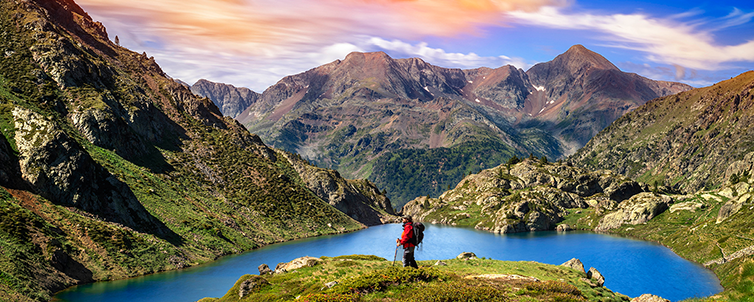ALICANTE
The Mediterranean at its purest

"Alicante is the breeze of the sea. It is enjoying an evening drink in one of the city’s streets. It is strolling down the red, blue, and cream- colour tiles of the Explanada promenade. It is taking a swim in its crystal-clear waters. In short, Alicante is simply the Mediterranean."
OLGA BRIASCO
Shaded by palm trees and filled with light, Alicante lives under the influence of the Mediterranean Sea. A city that seduces visitors with its evening breeze, its full moon nights, its gastronomy, and its friendly, welcoming citizens. Here, the magic of the Mediterranean embraces tourists as they scan the blue horizon while walking on fine sand beaches. Furthermore, Alicante has perfect weather at any time of the year.
The Explanda de España promenade is one of the most emblematic landmarks in the city. Its floor is a winding mosaic made from more than six million marble tiles, which children and adults enjoy jumping over while seagulls soar overhead. A tricolor promenade (one of which is named Alicante red, as it can only be found in this area) delimited by palm trees and scented by jasmine and honeysuckle. A silent witness to the endless hustle and bustle of the city and full of ice cream and craft shops. Not only that, but there are also street artists drawing portraits and caricatures. Furthermore, music coming from La Concha de La Explanada municipal auditorium can be heard during the summer season.
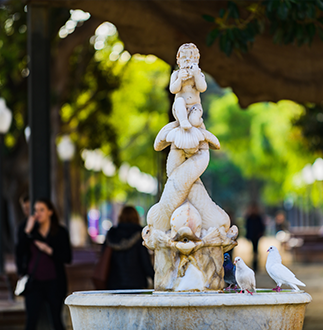

Next to the promenade, the city roars. Fortunately, visitors can find peace and quiet at Canalejas Park, with its century-old ficus trees. After that, we suggest heading to the port to visit the old fish market exhibitions or the Ocean Race museum, where you will discover how feels to sail a VO70 yacht at 25 knots. From the port, you can enjoy breathtaking views of Santa Bárbara castle, especially during sunset, when it is filled with light. Now, take a careful look at Benacantil hill and the castle walls.
Do you see the face of an Arab man wearing a turban? The legend says it is the face of an Arab caliph who died shortly after his daughter – named Cántara – jumped off a cliff in San Julián Mountains (today known as Salto de la Reina Mora, the Jump of the Arab Queen) when she heard the news that her father’s lover, Alí, had committed suicide due to her getting married to another man. Moved by this sad story, the inhabitants took their names, Ali and Cántara, to name the city so their love would last forever.
You now need to head toward this medieval Arabic fortress by taking a lift located at the Postiguet beach. Here, you will have some of the best views of the city (we guarantee you will be taking numerous pictures). Next, we encourage you to visit the MUSA (the city’s museum) and the Santa Cruz quarter, taking more pictures of its nooks, streets, and colorful houses, and visiting its hermitage. If you want to take a break, why not visit Ereta Park to enjoy the panoramic view?
If it is lunchtime, the best thing to do in Alicante is to go from bar to bar tasting different tapas: salted fish and meat, Dénia’s red prawn, cuttlefish, Santa Pola’s shrimps: appetizers with lots of personality served at gastronomic temples such as El Piripi, La Taberna del Gourmet, El Portal Taberna & Wines or El Caltó. It might even be the right time to go for an evening drink, something which has become sort of a tradition in the city as many people turn the weekend’s noon drink into a tapas evening session. Both terraces and taverns offer a wide, mouthwatering gastronomical selection.
For those looking for a more conventional experience, going for a traditional Alicante rice dish – famous for their intense, balanced taste and well-cooked rice – is always a great option. Some of the best-known recipes include Arròs a Banda or Arròs del Senyoret (cooked with fish stock and seafood and served with alioli sauce). Other equally delicious options include traditionally cooked caldron rice; casserole; tuna, prawns and chickpea rice stew; or mushroom and duck rice stew.
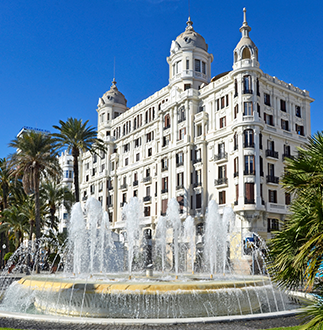
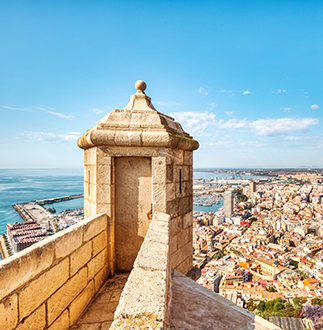
Next it may be time to visit some of the city’s many historic civil and sacred buildings: the city hall, Casa Carbonell, the Provincial Council, Santa María Basilica, the Principal Theater, San Nicolas de Bari Co-Cathedral (with its 15th century cloister), the emblematic Luceros Square (where firework displays are launched during Hogueras), the Casa de las Brujas, the always crowded Central Market, Calvo Sotelo square or the famous San Francisco street (also known as Mushroom Street owing to the sculptures apparently growing from the ground). Not only that, Alicante also has a great museum offer for all kinds of artistic sensibilities and tastes, including the MARQ (Alicante’s Archaeological Museum — the first one of the 21st Century), the MACA (Alicante’s Modern Art Museum), Casa La Aseguradora (1685), the MUBAG (the city’s Fine Arts Museum), the Hogueras Museum and the Nativity Scenes Museum. Last but not least, there is also the former tobacco factory, now a groundbreaking multicultural space: Las Cigarreras.
After all this, the enchantment of the sea will draw you to the city’s beaches, where you can spend your time practising water sports, renting a boat or chilling out looking at the Mediterranean Sea. The most popular beaches are San Juan and El Postiguet, which are great for going for a walk, playing volleyball, resting or taking a swim. Other less crowded options include the Albufereta, the Almadraba, the Salada Urbanova, and the Agua Amarga beaches (the last one being a dog-friendly option). Finally, there’s also Tabarca Island, the only inhabited island in the Comunitat Valenciana, If you are looking for a more natural experience, go to El Palmeral, an urban forest with palm trees and artificial lakes, ponds, and rivers.
No matter what the time of the year, visiting Alicante will fill you with the lightness, happiness and warmth so characteristic of the Mediterranean cities.

SANTA CLAUS COMES FROM ALICANTE
As shocking as it might be, it is true. Saint Nicholas is the pa- tron saint of Alicante, whose holiday takes place on Decem- ber 6. The legend tells that Saint Nicholas embarked on a ship toward the Netherlands with the hold full of mandarins and cookies for children. This trip and Saint Nicholas’ arrival at the port is known as Sinterklaas, one of the Netherland’s most popular holidays celebrated on December 5. This would eventually be exported to New Amsterdam (now New York), with Saint Nicholas becoming Santa Claus.

